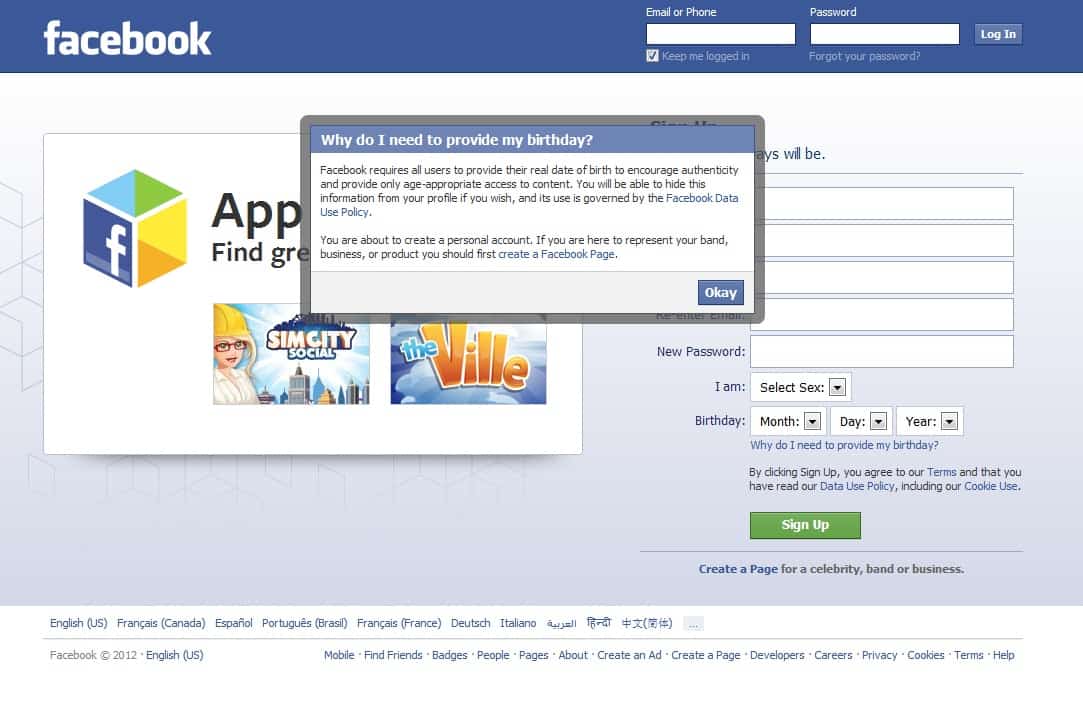You know when you start a new job your colleagues will, over the course of your first week, do their best to give you all the information you need to get up to scratch with the company’s everyday life. They’ll tell you where certain stuff is, which cup belongs to which person, when your breaks are, etc. They’ll even go an extra step and tell you certain terminology that’s used in the office, so even though you don’t know the ins and outs of the company, if you here a certain phrase or expression you at least know what they’re referring too.
But as the week progresses—and I can guarantee we’re all guilty of this—you, as the experienced colleague, start to relax and forget that the newbie is, well, still new. You then get into a conversation with him/her and before you know it you’re sprouting off words and phrases that only people in your office truly understand. Like I said: guilty. But for the “newb” they’re stuck between a rock and a hard place.
They think to themselves, “Did someone tell me what that meant yesterday? Maybe they didn’t, but what if they did? I’m going to look a fool if I ask. They probably think I’m an idiot. I best keep quiet and just nod and smile.” Yes, I’m paraphrasing a little, but at some point in our lives we’ve all been in both pairs of shoes: the newb’s and the experienced.
So what’s my point?
The point is, is that for us (the “specialists”) we understand and use these terms so frequently on a day-to-day basis that it’s easy for us to forget what we’re saying doesn’t always make sense to our clients. Sure we’ve mentioned these terms before, but when mentioned again we should be explaining them again fully to make sure our clients fully understand these “terms.”
However, to help you out—you lucky little things you—we’re compiling a list, a glossary if you like, of our website design and development terms that we’re going to call:
2 Web’s Glossary for the Technically Challenged
Bug Testing
The process of checking for “bugs” (errors, broken links) on a website before it goes live.
CMS (Content Management System)
A system that allows publishing, editing, and the modifying of content as well as site maintenance from a central page. There are many standard “off-the-shelf” systems such as Joomla and Drupal, but we have our own – the 2Web CMS.
CSS (Cascading Style Sheets)
The style sheet language used for describing the look and formatting of a document, such as webpages, written in HTML.
DNS (Domain Name System)
A database system that translates a computer’s fully qualified domain name (www.example.com) into an IP address (192.0.43.10).
e-Commerce (electronic Commerce)
The fancy name given to buying and selling products over an electronic system such as the internet. To sum up, it’s online shopping.
Embed
To fix an “object in a surrounding mass.” We refer to this method when we place a video into the HTML code of the page. Your video is then visible to users who frequent your website.
HTML (HyperText Mark-up Language)
The language used to display web pages and other information that can be displayed in a web browser.
iFrame (inline Frame)
Written as <iframe>, this is a HTML tag used to embed another document within the current HTML document.
Index
You know the index at the back of a book? Well, this index has nothing to do with that. This type of Index or Indexing is the process where your website is “crawled” by robots (sometimes referred to as spiders). The content is analyzed (indexed) and stored by search engines (such as Google), possibly to be used to respond to a user query at some point in the future.
IP Address (Internet Protocol Address)
The numerical label assigned to a device (a computer, printer, modem) participating in a computer network.
Lightbox
A JavaScript technique used to display modal windows.
Lorium Ipsum
Dummy (or filler) text used to demonstrate where text will go once the design/website is complete.
m-Commerce (mobile Commerce)
The mobile version of e-Commerce.
Margin
The white space that surrounds the content of a page and auto-expands to fill the edges of a browser window.
Modal Window
A “child” window that will pop-up in the form of a feedback form, contact form, sign-up form, etc. and needs to either be completed or “closed” (the big X in the corner) before you return to the “parent” window.
Product Catalog
An organized and efficient way of displaying your products on a website. The catalog(ue) can include images, prices, product details, etc.
Slice/Slicing
The process where the designers literally slice the design into images and use CSS to tie it all together.
Web Browser
A software application used for viewing web pages, i.e. Firefox, Chrome, Safari.
I promise to update this list frequently with any current and new terms that appear on the block, and if you happen to notice certain terms we might have overlooked, just let me know and I’ll add them.



